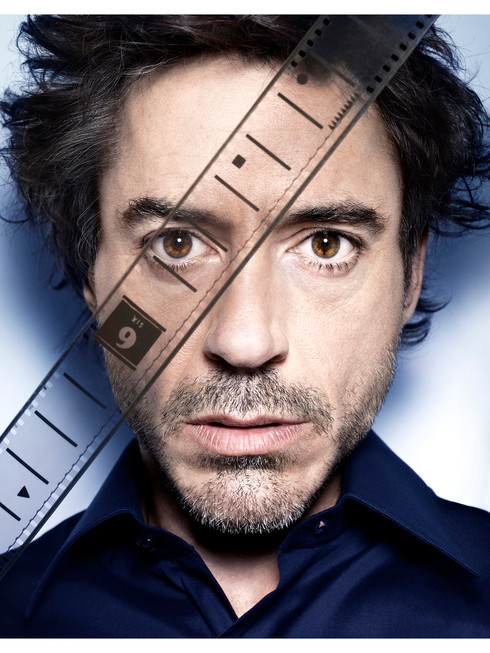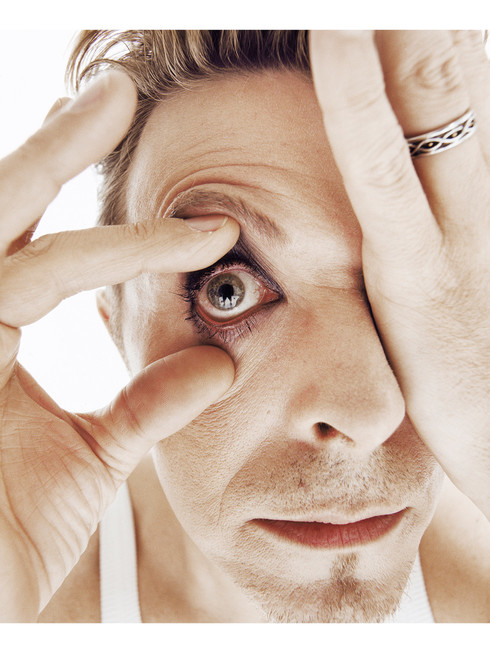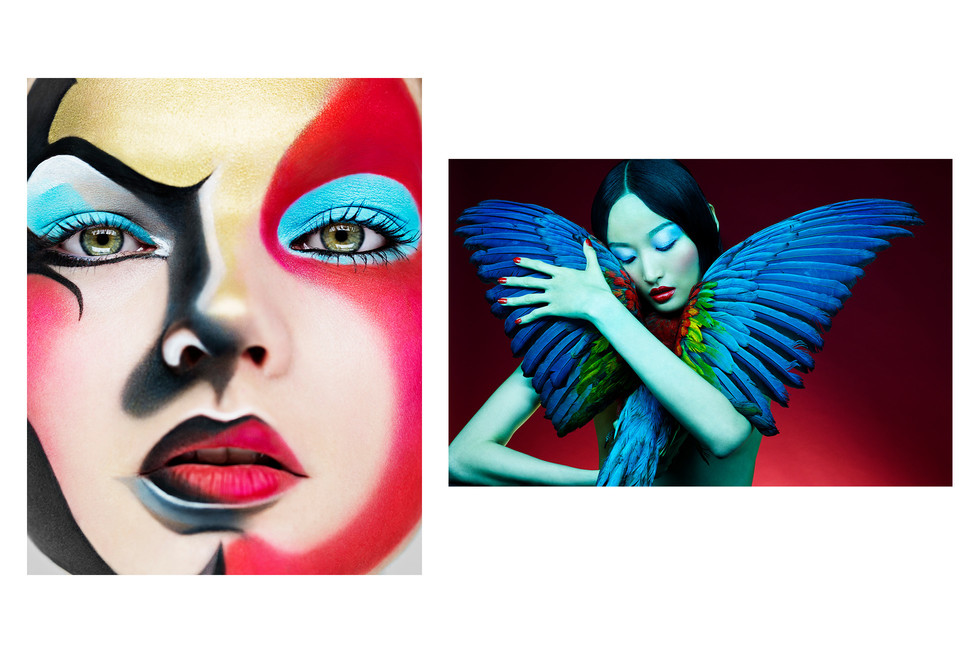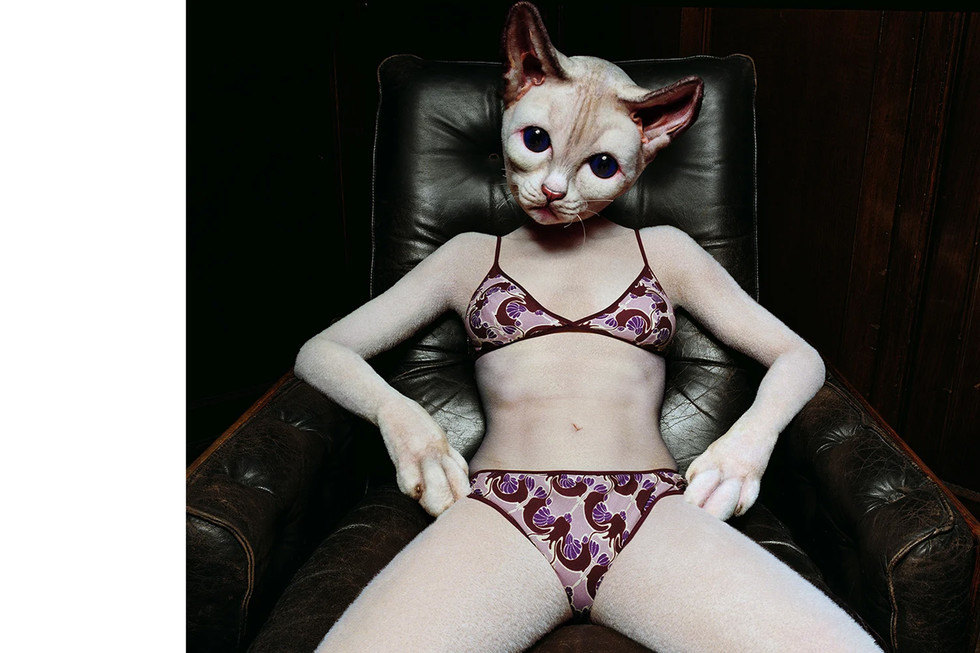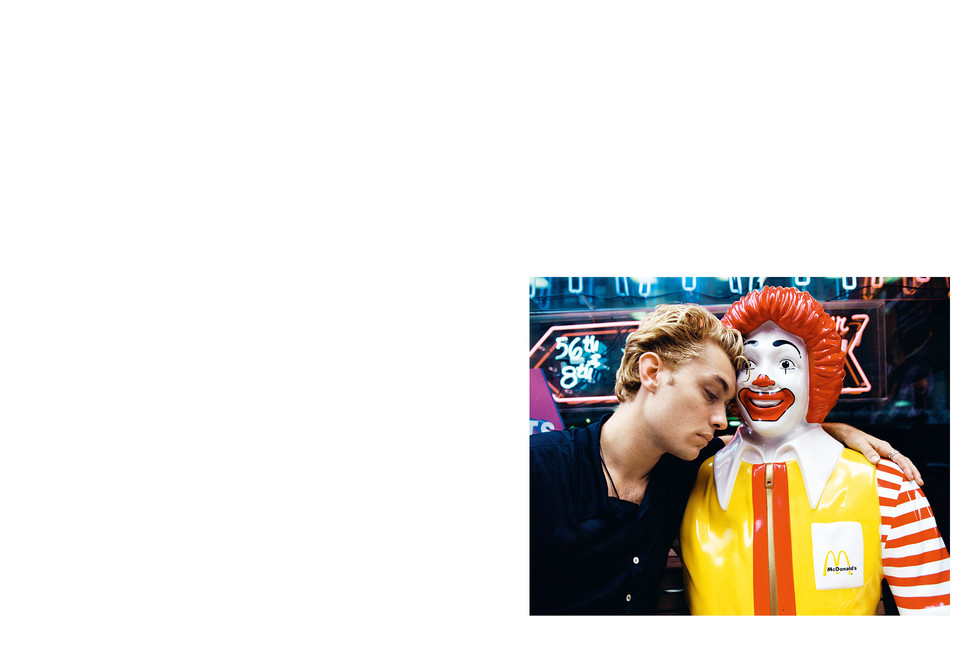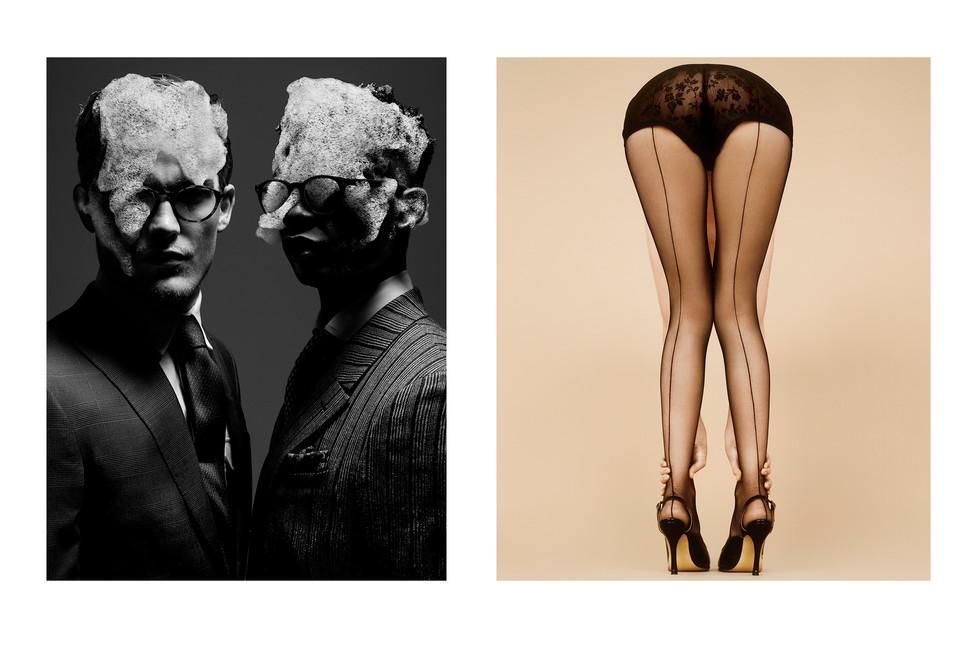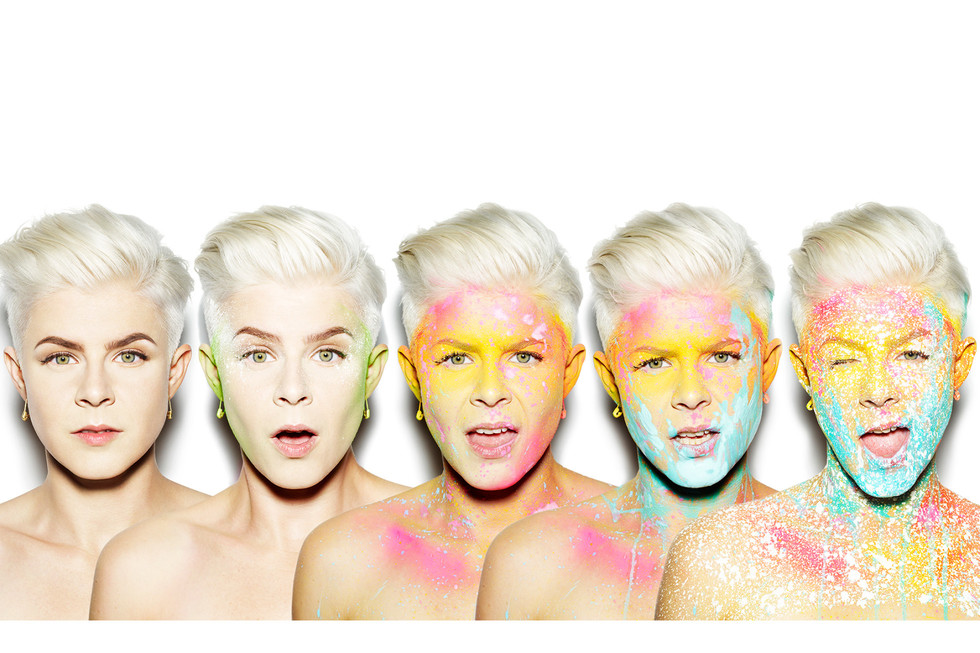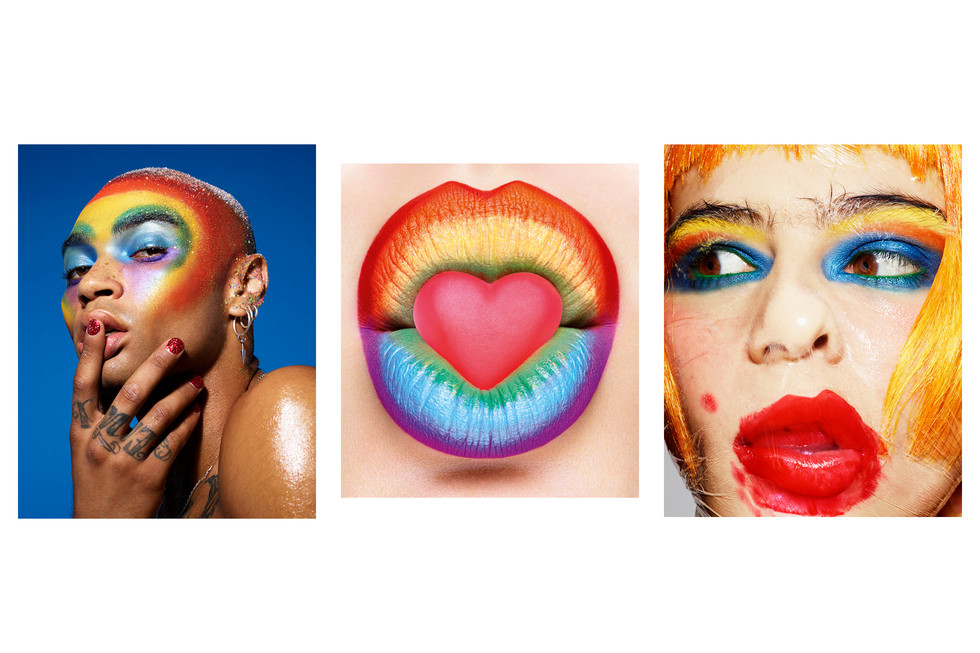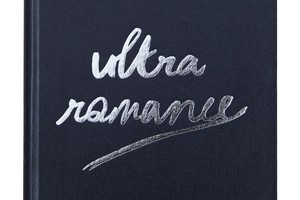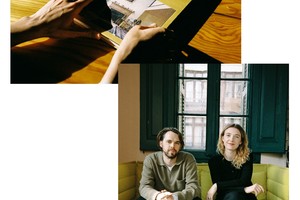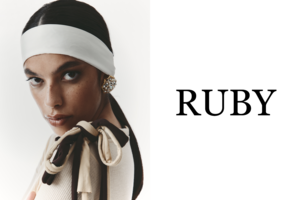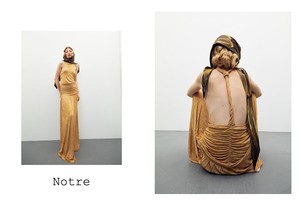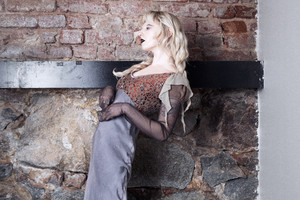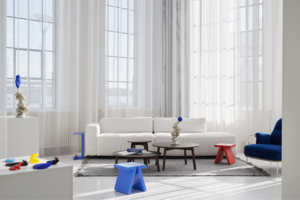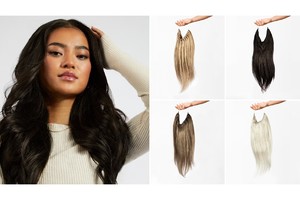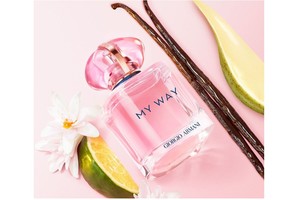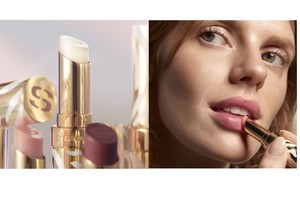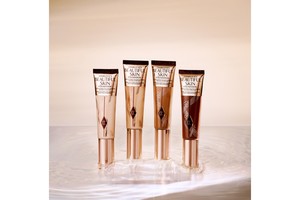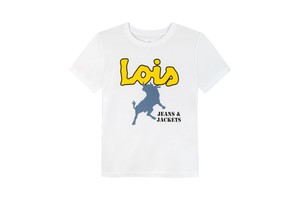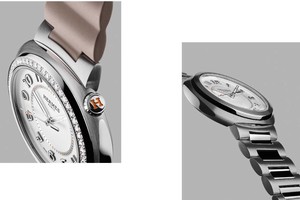Rankin: INTERVIEW
Written by Emma Bernhard by Josie McNeillJohn Rankin - or Rankin as he’s more commonly called - has been establishing himself as a major photography figure since the 90’s with his famous celebrity portraits. Madonna, David Bowie, Kate Moss, Jay-Z and even the Queen. He had the privilege to enter the universes of these pop culture symbols and the talent to make these universes appear in a picture, using his personal colorful and expressive touch. This year, he’s presenting his first solo exhibition in Sweden : an exhibition he curated himself and whose title “Rankin: The…” perfectly reflects the wide prism of his work, from fashion to music, including cinema and advertising.
Do you have to like someone’s universe - or at least something from their universe - to portray them ? Or do you also like to explore universes you’re not familiar with or you don’t necessarily like in the beginning?
That’s a very good question, I’ve not been asked that very much. I learned very early on that the idea of liking someone who’s in the news or the media comes with a whole lot of baggage. So, the reason you have an opinion about them is either you’ve read something about them or you’ve seen something (like a photograph, a video…) Or someone you know is talking about them because they’ve seen or read something about them. The thing about the media is that it really inheres in lies about people. So it creates heroes and it creates villains : and that’s how it works. So the whole media is about lies. Because I’m a photographer, I kind of record history and document the person in front of me. I decided very early on to try to avoid having preconceptions and I did that by immediately trying to go into a situation with this view that was unaffected by what I had read. That doesn’t mean I wouldn’t research someone; I do research people. But it does mean that I tend to trust what’s going on in the moment with people. You definitely meet people that you don’t like but there’s a lot of people you presume you’re not going to like that you do like because a lot of what people write is bullshit. And some people that you love and think they’re really nice people, they’re not nice people. So, it’s quite an interesting game. For me, interestingly, you’ve put a name on a head because a lot of the time what i’m trying to do is show something that people don’t see about someone in my pictures, show something that maybe they’re unveiling or left behind the curtain. In making something together I’m trying to get them to reveal something about themselves. So, interestingly, sometimes they reveal them a bit more.
You said it was important for you to meet the person before and to talk with them so it seems to be a whole process. But are you sometimes surprised by what it ends up to be?
Yes. Hundred percent. I think if I was process driven aesthetically I would not get the best versions of what I wanted whereas it’s because I’m very flexible and move very gently I think I get very good experiences with people. But also, I’m not scared of technology. It doesn’t worry me. Something goes wrong, we find a solution. Or if someone goes :” I don’t like that”, well, it’s okay, we can change it. I don’t hold on and say “No, that’s how we’re doing it” because I don’t believe in that dictatorial approach.
You also said that you liked to work fast. Does that mean that you’re not a perfectionist?
Nothing’s perfect. As I’m walking in the gallery I don’t say to myself : “what’s wrong with this space?” or “what’s wrong with that shadow?” or “I hate that shadow on that picture. I hate it, and it annoys me to have this shadow on my picture.” Every picture is not perfect at all, ever. You let it go, even if it’s still there in the back of my head but you just have to live with it. “C’est la vie” !
Do some painters inspire you?
Yes. Caravaggio, Rembrandt, Egon Schiele… and conceptually Damien Hirst, Tracey Emin and Jenny Saville. I don’t use them as references very often but yes I love them. I just saw Donatello two days ago in V&A in London and it was absolutely extraordinary to see what he did. It’s mind blowing.
Is it the same approach if you portray someone famous or someone who’s not?
Everyone is different in front of the camera. There are people you expect to be so relaxed and they come in with walls up, or people who you expect to be nervous who are so confident and vibrant in front of the lens. I don’t think it’s a matter of celebrity vs. “real people” - it’s just the nature of people in general.
When you look at an image of someone you want to see that glint in the model’s eye. You want to feel a connection with them. Every photo tells the story of how the shoot went, the atmosphere in the room and how the model felt, so it’s my responsibility as a photographer to make sure everyone is having a nice time in front of the camera - whether I’m photographing a musical icon, a supermodel or volunteer working for a charity.
Has your work been welcomed the same way depending on the different countries you presented it in ? If not, in which way was it different?
Different countries always have different responses. So much of art and photography is subjective and how you approach work does come in part from your background and culture, so someone viewing my photography in Sweden will have a different relationship to someone from the UK or Italy.
That’s not to say it’s a good or bad thing. But it does make it exciting for me to show my work internationally. There is something really engaging about speaking to new people and getting their genuine reaction to seeing my work in person. It can create conversations and spark new ideas far beyond the initial artworks.
How do you feel regarding new technologies coming up like AI ? Could it be a tool for you or are you seeing it as a danger for artists?
I’ve been having a lot of conversations with my creative and editorial teams recently about AI - it’s this looming presence and undoubtedly will be a huge part of many industries in the near future. For me though, I can’t say I’m excited to see this phase of the digital revolution. The idea of giving over more culture to machine learnt creativity will just lead to the homogenisation and blandness we’re already experiencing on social media and the retouched/filtered world.
Fashion represents a significant part of your career and it’s a scene that has been evolving a lot and fast, especially now. Does your work change following how fashion does?
I get called a “fashion photographer” a lot, but I’ve always been a bit of an outsider in the industry. I use my fashion images to tell stories and share concepts, it’s never really about the clothes. Because of that I’m not someone who follows trends in fashion, my styles might change, but I’m not being led by fashion cycles, I'm more likely being inspired by museum shows or books I’m reading.

